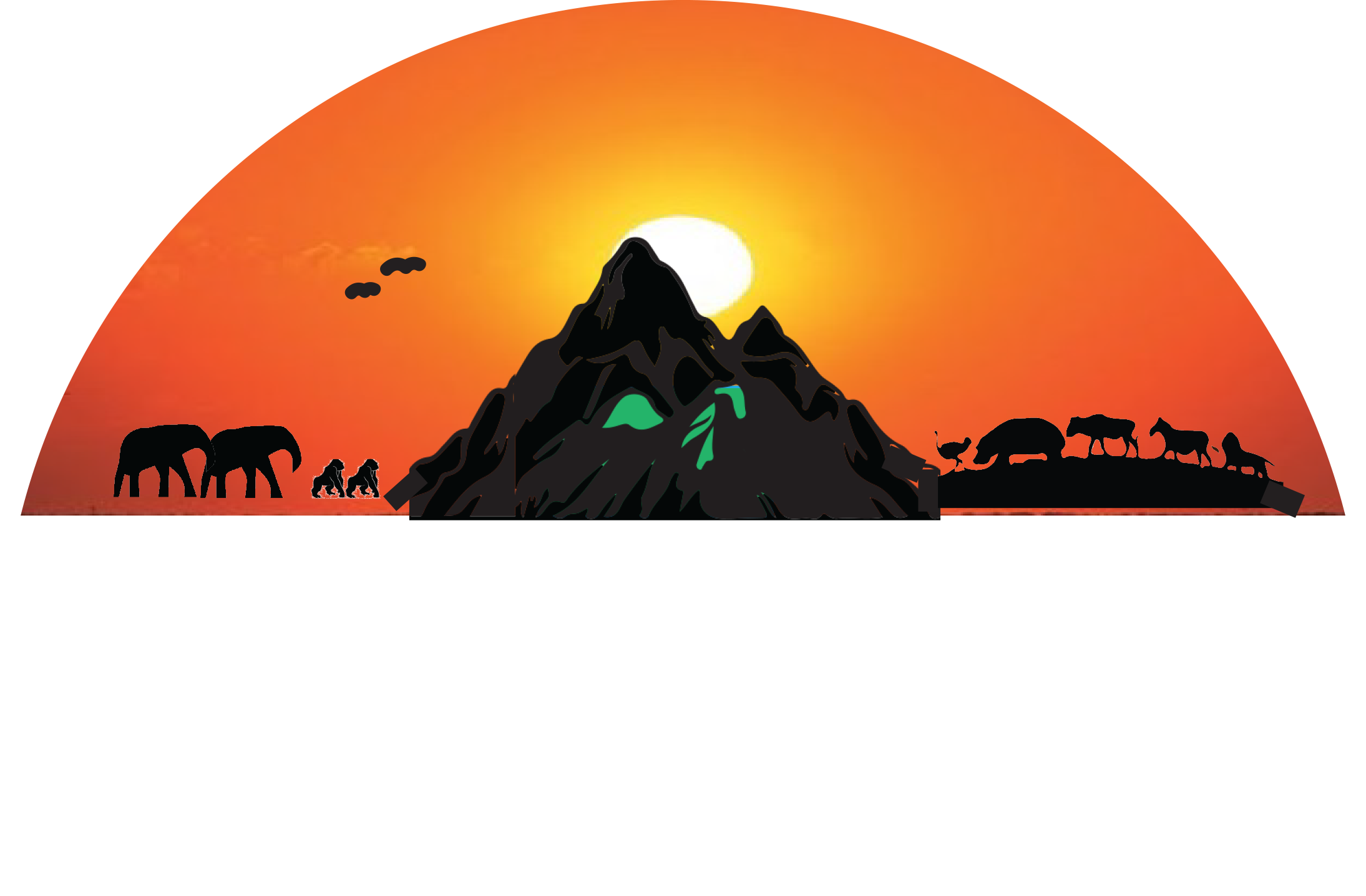What’s the fuss about rafting? I asked myself before deciding to try it out while in Jinja. Millions of tourists have flocked to Uganda to do rafting. What makes Uganda a premier rafting destination is that it is the source of the River Nile. The river is still in its youthful stages and has a lot of rapids. These deep rapids are what rafting and kayaking thrives on. However, unlike kayaking which takes years to master, rafting can be done after a few lessons that last 30-45 minutes on the river. There are two categories of white water rafting depending on the time spent rafting. They include Half Day rafting and the Full Day Rafting. As the names suggest one takes half day to complete and the other takes the whole day.

After breakfast, we met up with our rafting instructors, register and get a briefing on how the day will go. Thereafter, change your wardrobe if you have not done so. You should not have anything in the pockets or around the neck, arms, legs or wrists. Sunglasses and any other eye-ware you can live without should be left in the car as you risk losing them in the river. If you have any special medicines, such as epilepsy, asthma or any other condition please carry it along in case of medical emergency. On reaching the river bank, put on your helmet, life jacket and grab a pedal before posing for a group picture and entering the boat. The rafting team knows the river well and will guide you through the whole activity. It is made up of the main raft or boat on which you will be as well as one or two experienced rafters who will be telling you what to do and when.
There are also kayakers who are in charge of scouting rapids, collecting people who fall overboard from the main raft and also taking pictures of the whole event.

So after getting into the boat the lessons start, they will teach you where to sit on the raft, how to hold the pedal and how to row, the instructions/commands to be used and what you do when they are spoken. Then comes the part of what to do when you fall overboard and how to hold onto the kayaks of the rescue team.

Probably the most exciting part is what to do incase the whole boat capsizes or overturns and you are beneath the raft. The instructor will deliberately overturn the raft so that you can go underneath the boat and see the air pockets below and then try to come out from under and all of you emerge on the same side of raft before he can turn it upright again and you climb in.

All this training is done in the calm waters and when the instructor is satisfied, you will proceed down river and begin the rafting. The rafting begins just after the new hydroelectric plant at Bujagali and proceeds for over 30km on the river for the half day package. It covers over 6 rapids which range upto grade 4 or expert level rapids. The full day package is almost twice that.

However, half way through you will have to leave the raft and walk for two minutes when you reach the grade 6 Itanda Falls where there is no rafting allowed as the risk of injury is imminent due the shear force and length of the rapids. As soon as you pass the bad spot you will hop back into the raft and encounter some grade 5 rapids before you call it a day. You have some packed lunch before proceeding back to Jinja town.
